Celebrating Black History Month with Dr. Percy Lavon Julian, a pioneer in the chemistry of plant
- Science-by-Trianon

- Feb 15, 2021
- 10 min read
Updated: Aug 29, 2021
If you are a woman and use birth control, if you have ever used steroids to treat an inflammatory disease or if you have ever used cortisone to relieve pain, you should know about Dr. Percy Lavon Julian.
If you are a chemist, you have probably never heard of this man, who was one of the greatest chemists of all time!
I don't think that you can possibly embrace the kind of joy which one who has worked with plants and plant structures such as I have over a period of nearly 40 years, how wonderful the plant laboratory seems - Percy Julian
Born in Alabama, USA in 1899, at the time where the Jim Crow laws [2] were enforced, a set of discriminatory and repressive laws that were enforced by the USA to restrict the rights of Black people: segregation of schools and public areas, the prohibition of interracial marriages, etc. distilling systemic racial discrimination which is still experienced today.
His parents graduated from Alabama state university.
Both schoolteachers, they gave him the love of books and creativity.
Like many parents, they believed that education would help their children for a better path than theirs.
First obstacle
In the South, there were no public schools for black people beyond the primary school level, because in the mind of white people all they needed to become what we would call today, good labourers: cooks, farmers, maids, etc.
In 1916, he has been finally accepted into a college, DePauw University in Greencastle, Indiana.
Second obstacle
The College was avant-gardist, as it has accepted a few black students since the civil war (which ended in 1865), but allowing a little bit of diversity, does not mean being inclusive.
The staff there, expected the black students to know their place.
As George Washington Carver, 30 years before him, he had to face structural racism (no dormitory on the campus, no meal served for black people, etc.). [3]
He finally found a job in a fraternity house, which gave him meals and a bed in the basement.
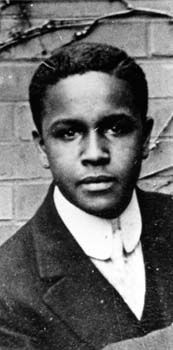
Third obstacle
Because of the common ideas from white people, that black people did not need to be educated, Percy Julian's knowledge was not at the level requested.
So, in addition to the University classes, he took classes at a local high school.
It took him two years, and the mentoring of one of his professors, William Blanchard, to finally be at ease and be able to express his full potential.

William Blanchard gave him the joy of discovery that all researchers know so well.
And this is how Percy Julian’s passion for chemistry was born.
Julian Percy graduated top of his class from DePauw University in 1920, with an undergraduate degree.
He wanted to obtain a PhD but again as an African American, obstacles were ahead.
Fourth obstacle
At the time, just one single African American had obtained a PhD in chemistry, that was Saint Elmo Brady in 1916.[3]
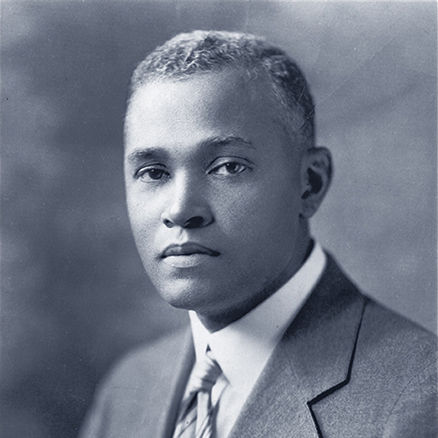
Despite the help of his mentor, even though he was top of his class, not a single university in the USA was willing to accept him to do a PhD because he was black.
The quality of his college applications was way beyond what chemists at the time were expecting from black people, so the general feeling was that he had enough.
That he should stop there and go and teach to “his people”.
In 1920, he then went back to the south to teach, but never gave up the idea of having his PhD.
At 21, he started teaching in the university where Elmo Brady got his bachelor’s degree, Fisk University.
He was frustrated, the same way George Washington Carver [3] was more than half a century ago, as the university lacked books and decent lab equipment.
At 23 he won a scholarship to study at Harvard University. The atmosphere for black students was no better than what he had faced at DePauw University.
He successfully graduated with a master's in organic chemistry but after 3 years, he was refused a teaching assistantship because the university was afraid that white students would refuse to be taught by a black teaching fellow, and thus he could not complete his PhD.
Fortunately, Howard University in Washington D.C., one of the most distinguished Universities of the USA, was not sectarian but open to all sexes and races and offered him the position of Elmo Brady who was returning to Fisk University.
He became a well-respected professor there, but he was still dreaming of obtaining his PhD.
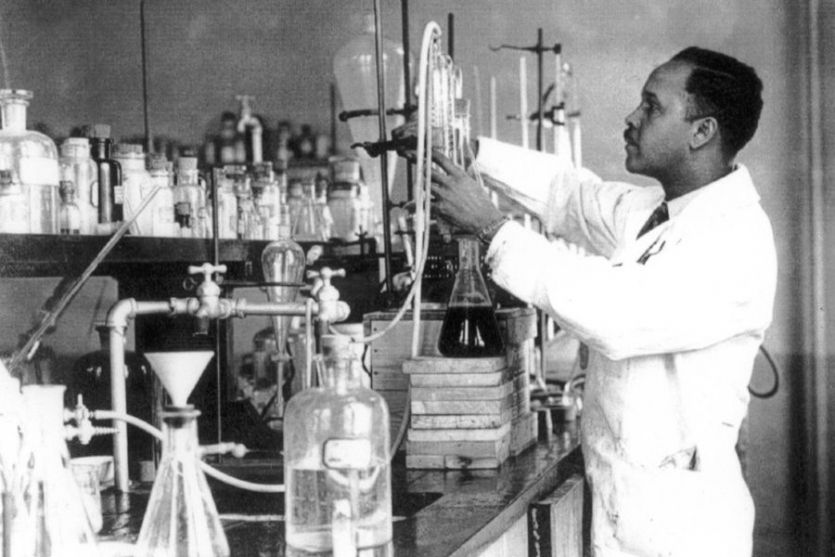
And the dream became true
At 31 years old, he received a fellowship from the Rockefeller Foundation to deepen his research work at the University of Vienna in Austria.
His work was the beginning of what we call today, natural product chemistry, the chemistry of plants.
For example, you know that coffee contains a substance, that can keep you awake.
The goal of natural product chemistry is to understand this natural product (here caffeine), characterise it, and synthesise it since in those (pre Nuclear Magnetic Resonance days) days a successful synthesis was the ultimate proof of structure.In 1929, Vienna was the heart of natural chemistry, therefore Percy Julian went there.
He had been drawn into the study of alkaloids, a class of natural organic compound that contains at least one nitrogen atom.
Some plants will use alkaloids to protect themselves from organisms that would eat or harm them. But the same compounds had unexpected effects on people.
Well known alkaloids today are caffeine, nicotine, morphine, cocaine, etc. Lots of drugs (both medicinal and recreational) are in fact plant alkaloids.It was known that Corydalis Canva, a flowering plant, quite common in Europe, was effective in treating the pain resulting from heart palpitations.

The challenge Julius had to rise to in order to earn his PhD was to find out why.
Which compound in the plant is responsible for this effect and could he isolate it from the plant and elucidate its structure?
When diversity means inclusion
Julian’s mind was accelerated by the sense of freedom he sensed in Vienna as segregation, racism and all rules he had to face in the USA were not legally enforced in Vienna.
He could have a social life, participate in social gatherings, be accepted among his peers, be heard… That freed his mind.
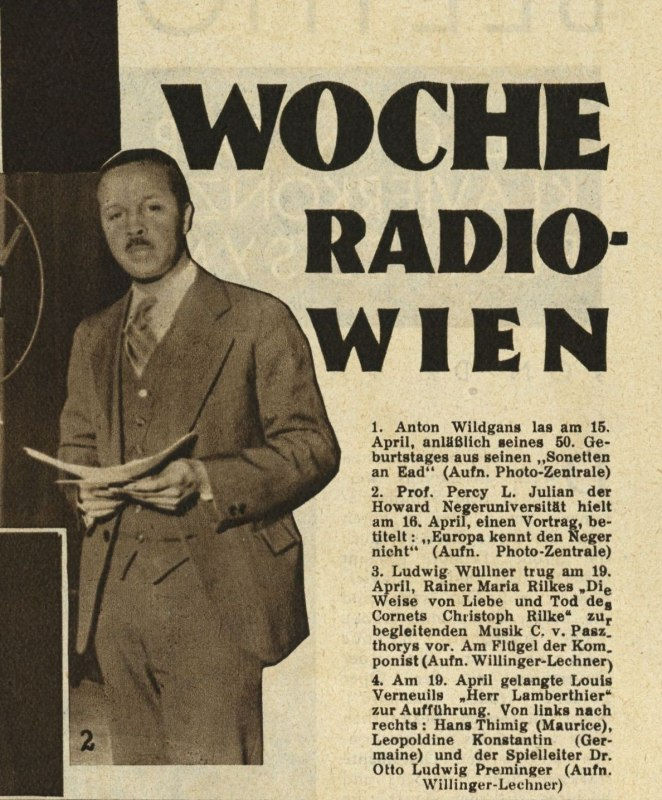
His PhD supervisor was Ernst Späth.
And the work he did with him came to be the foundation of his future career.
“An extraordinary student, the likes of which I have never had before in my career as a teacher.”,
Ernst Späth described Percy Julian. [5]
He successfully identified tetrahydrocoptisin, hydro-hydrastinin, and canadine as the key alkaloids found in Corydalis cava. [5]
It took him 10 years, but at 33 years, he finally became doctor in the chemistry of medicinal plants, the third black man to become doctor in chemistry after Elmo Brady [4] and Edward Marion August Chandler. [6]
Back to the United States - The end of his academic career
He then went back to the USA, with one of his colleagues, Dr. Josepf Pikl, to kick-start a brilliant career as a researcher.
Caught up in university politics, however, he had to resign from full professorship and chamber member at Howard University only a year after his return.
His former mentor then invited him to come back to DePauw University to supervise undergraduate lab work.
Many of the students’ work he had supervised ended up being published in the journals of the American Chemical Society.
That was an achievement at the time and remains an achievement today.
Because of racism, he had to stop teaching.
However, that gave him the opportunity to focus on his research.
Synthesis of physostigmine
He thus started to study the Calabar bean, a dark brown highly poisonous leguminous seed brought to the USA from Africa, containing a substance called physostigmine, used then to treat glaucoma.[7]
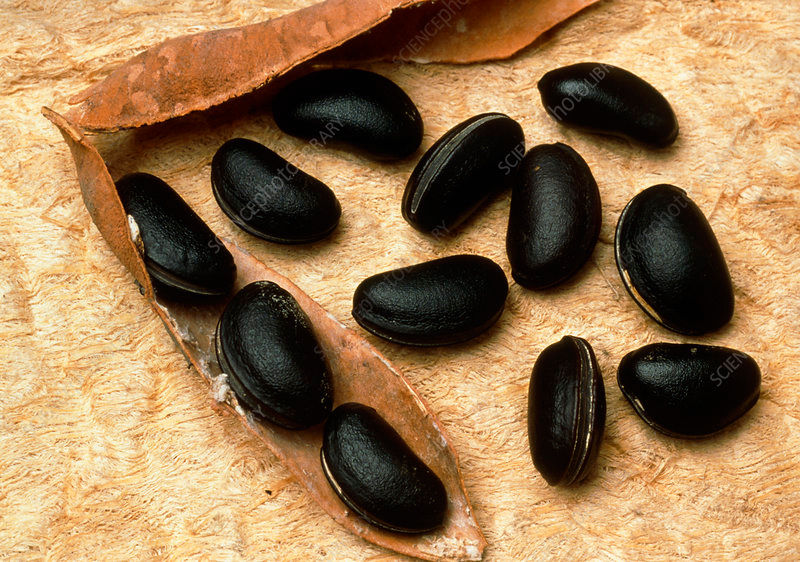
His aim was to synthesise this compound from scratch.
The challenge here was the characterisation of this molecule since its chemical structure found no analogs in other plant products known at the time.
He had to compete in this matter with a more respected and well-known British scientist, Sir Roberts Robinson.
The latter has already published half a dozen papers on the matter, telling the world, this area is mine, stay out of it.
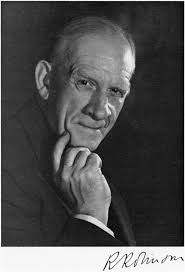
It was a formidable chemical challenge for any scientist of the 1930s to tackle.
In 1934, Percy and Pikl published their own paper on the synthesis of Physostigmine, attacking Sir Roberts Robinson’s findings.
In 1935, Percy and Pikl achieved the complete assembly of this complex molecule from fundamental building blocks.[8]
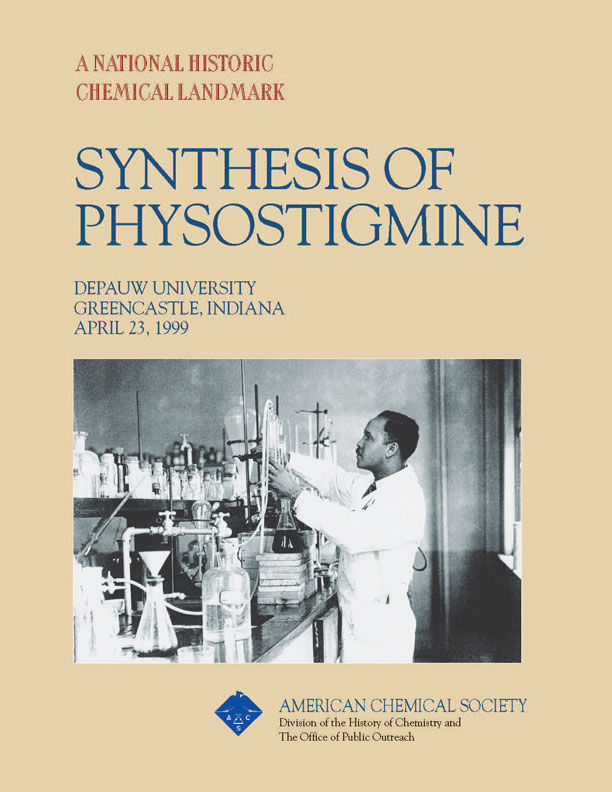
Despite this great success, he was still not recognised as the scientist that he was.
Neither DePauw University nor any other university accepted him as a permanent staff member because of the colour of his skin.
It was at the time where numerous studies were published such as “The Racial differences in mental fatigue” by Thos R. Garth, Dept of Psychology, University of Texas, reporting that African American did not have the capacity to do science because they were an inferior race. [9]
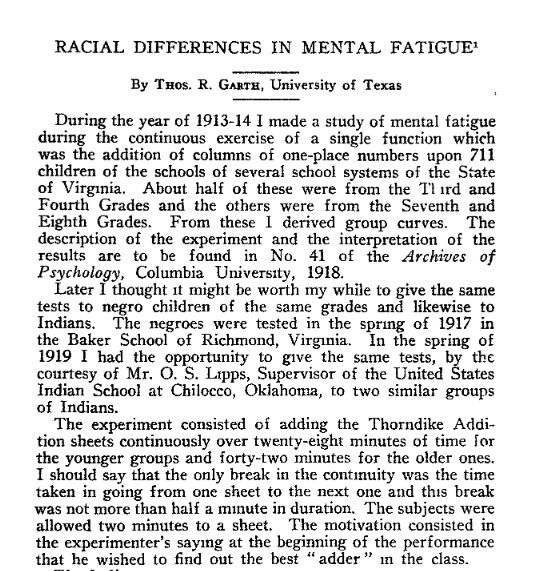
And his industrial career begins
In early 1936, with no hope of an academic career, Percy and Pikl turned their attention to the industry.
The leading chemical industry, Dupont, invited them for an interview.
They offered a job to Pikl and an apology to Percy.
”We did not know you were a negro”, they said.
The chemical industry was a completely white protestant male affair and outsiders were not at all welcome.
Everywhere he applied after that he always had the same answer
“We never hired a black research chemist before we do not know how it will work out”.
He kept on looking.
And finally, he got hired at the Institute of Paper Chemistry in Appleton, Wisconsin, but was unable to take the job as the Jim Crow law was forbidding black people to sleep in the city overnight.
Fortunately, in 1936, he was hired shortly after this misadventure as the director of research of the soy bean plant of the Glidden Company in Chicago.
Having been hired as director of research and not just as a staff member was no mean feat.
Soybeans and applications
At the time, the importance of soybeans in American agriculture was not even imagined.
His role has been to isolate the protein of soybean, something that had not been done before.
It has been the first industrial vegetal protein produced in America.

It made millions to Glidden, as it was used in various industrial applications such as paints, glues, etc.
Percy and his team also developed food applications: margarine, chocolate smoother, salad oil, dog food, etc.
The products that came out of his lab, invaded the household market, at a time where the chemical industry had a particularly good press.
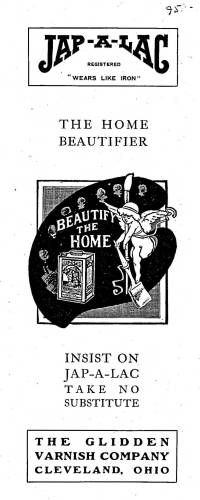
During WWII, his soy protein was key in feeding the soldiers.
Director of research for the Soy Products Division, Manager of the Fine Chemical Division, and director of research for the Durkee Famous Food Division, Percy’s departments were a success, but he wanted to go back to studying nature.
Progesterones and sex hormones
His wife had problems carrying a baby; in the 1930s, one in six pregnancies in the USA ended in a miscarriage.
At the time it was known that progesterone, a steroid, was the hormone that was key in that process.
He began looking for ways to make the hormone for women at risk.
Steroids were known to be present in animals, but isolating steroids from animal sources suffered from very low yields.
The previous work of Percy taught him that steroids were also synthetised by plants.
The breakthrough of synthetising steroids was to be able to extract substances from plants that could be the starting block for the synthesis.
The first scientist who managed to do so was, Russel Marker, but the price was too high to be industrially viable.
Julian developed a successful scale-up of the production of progesterone from soy oil.
Other sex hormones soon followed and, ultimately, the birth control pill, making millions to Glidden.
In the late 1940s, the world of steroids blossomed.
Cortisone for the treatment of rheumatoid arthritis
Rheumatoid arthritis was a very painful disease that scientists had not been able to treat for decades.
With the advent of cortisone, this disease could be treated in 12 to 24 hours.

Cortisone was synthetised for the first time by Sarett in the Merck Laboratories.
But his chemical pathway was the most complex patented in the chemical industry, requiring more than 30 steps.
And thousands of cattle carcasses (the raw material was the bill of cows) would be needed to treat a single patient during an entire year and millions of people were suffering from this disease.
At the time, the price of cortisone was 4000 $ an ounce = 400 times the price of gold.

Percy, like all scientists of the time, worked on improving the process, making it cheaper, and available to the public at a soybeans lower price from soybeans.
He did not succeed in this directly, however, he managed to synthesise a precursor and Gilden licensed Percy’s process to Pfizer.
After 18 years at Glidden, Percy left Glidden and 109 patents because they wanted to leave the steroids business, and hence he started his own company, the Julian Laboratories.
He successfully made steroid intermediates for pharmaceutical companies, thus helping to make medicines available to the people.
His laboratory made him a millionaire and allowed him to work in his favorite field.
Despite his stunning success, Dr. Percy Lavon Julian always had to fight against racism, obscurantism, from his peers and his fellow citizens.
A bomb was tossed at his house, he was forbiden to attend a scientific conference on steroids, his well known and recognised expertise, just because he was black.
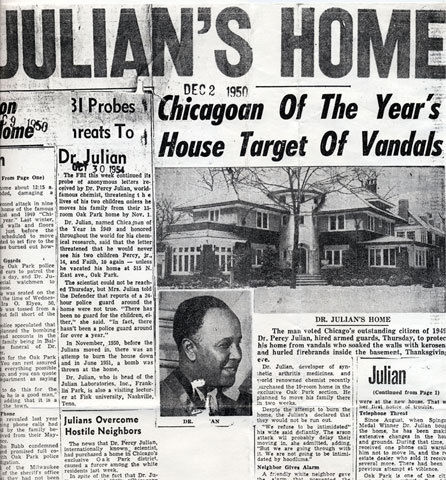
All these events made him become a more engaged activist for equity and the right of black people.
At the end of his life, looking back at his career and achievements he said:
"I feel that my own country robbed me of the chances of some of the great experiences, I would have liked to live through.
I took a job where I could get one, and tried to make the best of it.
I have been perhaps a good chemist, but not the chemist that I have dreamed of being."
Dr. Percy Julian died of cancer at 76 years old in 1975. [10]
Conclusion
He fought extraordinary obstacles to make his mark in a profession and a country where it is not your achievement, nor your talent, nor your merit that set your path, but the colour of your skin, and became the author of one the 25 achievements of the chemistry world (the glaucoma drug).
All his life he has been an activist, fighting for human rights, African-Americans’ education.
He fought for his family and his peers. He fought for the end of segregation and Jim Crow laws.
He received 18 honorary degrees and more than 100 awards.
In 1973 he became a member of the National Academy of Science, a superb recognition.
[3] https://www.science-by-trianon.com/post/celebrating-black-history-month-with-the-father-of-organic-agricultural-science
[4] https://www.acs.org/content/acs/en/pressroom/newsreleases/2019/february/first-african-american-chemistry-phd-honored-with-landmark-during-black-history-month.html















Comments